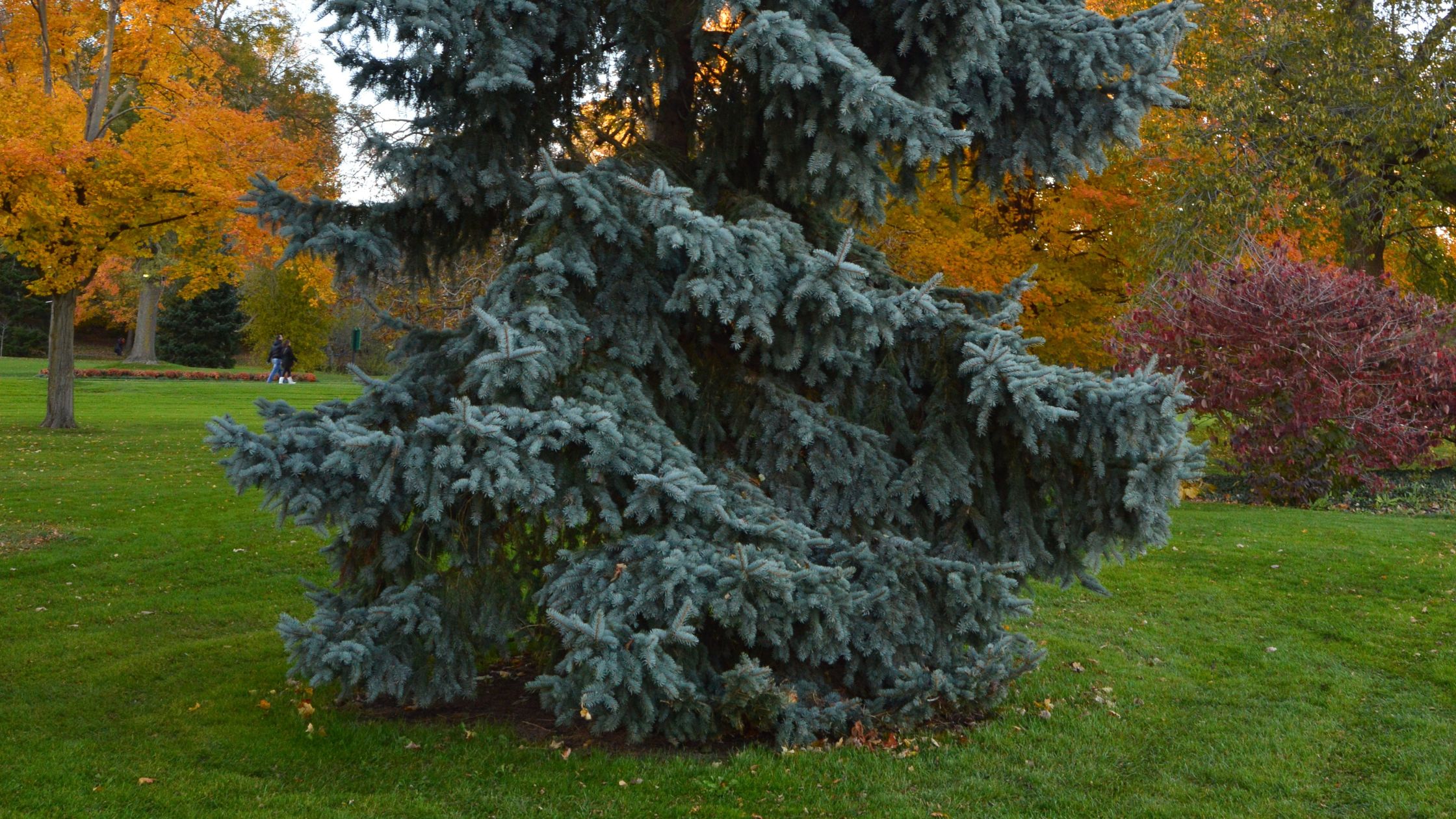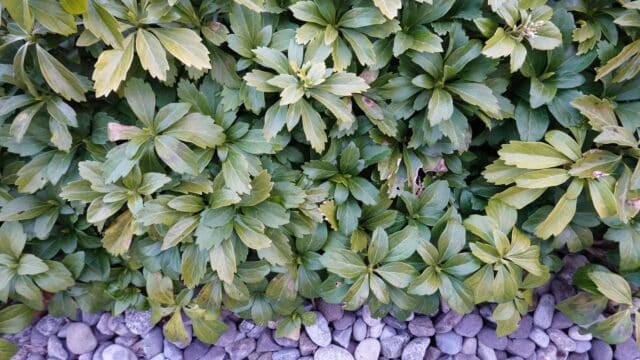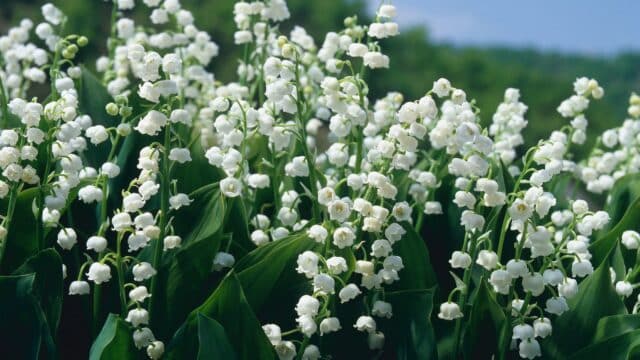
Can You Plant Under a Blue Spruce or Other Evergreen Tree?
Planting under evergreen trees like blue spruce is tricky due to dense shade, shallow roots, and needle drop that acidifies the soil. To succeed, choose shade-tolerant, shallow-rooted plants and improve the soil with compost and regular watering.
Can You Plant Under a Blue Spruce or Other Evergreen Tree?
That big blue spruce in your yard may look majestic, but if you’ve ever tried to grow anything beneath it, you’ve probably discovered it’s a tough spot. Between the dense branches, acidic needles, and greedy roots, planting under a mature evergreen is one of the more challenging garden scenarios.
But not impossible.
In this article, we’ll break down:
-
Why planting under evergreens is hard
-
What the dropped needles actually do to your soil
-
Which plants might survive (and even thrive)
-
How to prep and amend soil for better success
-
And when to just say “maybe not here”
Why Is It So Hard to Grow Under Evergreens?
Trying to establish a garden under a mature evergreen tree like a spruce, pine, or fir can be frustrating. These trees create a tough environment for most plants, and here’s why:
1. Deep Shade
Evergreens cast dense, year-round shade thanks to their thick, low-hanging branches. Unlike deciduous trees that lose their leaves in fall, evergreens block sunlight during all seasons. Under a mature blue spruce, light levels can be so low that even plants labeled as “shade-tolerant” may struggle to photosynthesize enough to grow. With little natural light reaching the soil, it becomes one of the harshest locations in the yard for new plantings.
2. Shallow, Competing Roots
Evergreens, especially spruce trees, have wide, shallow root systems that spread out just below the surface. These roots aggressively absorb moisture and nutrients, often outcompeting any new plants placed nearby. If you try digging under a mature evergreen, you’ll usually hit a web of fine roots just a few inches down. This makes planting physically difficult and sets up immediate competition between the tree and any understory plants you introduce.
3. Acidic Needle Drop
Evergreen trees constantly shed needles, and over time those needles accumulate on the ground. As they break down, they release organic acids that lower the soil pH. This slow shift toward more acidic soil can discourage many common garden plants, especially those that prefer neutral to slightly alkaline conditions. On top of that, the layer of needles tends to compact into a thick mat, making it harder for water and air to penetrate into the soil. It’s not just a pH issue — it’s a physical barrier too.
4. Dry Conditions
The dense canopy of an evergreen tree acts like an umbrella, blocking rainfall from reaching the soil below. Combined with thirsty roots and poor water retention in compacted or sandy soil, this leads to dry conditions that can persist even after heavy rain. Without supplemental watering, the area beneath an evergreen stays consistently dry. That makes it difficult for young plants to establish and thrive, even those adapted to drought.
In short, planting under an evergreen means dealing with low light, dry soil, poor nutrient availability, and ongoing needle drop. While not impossible, it requires thoughtful plant selection, soil improvement, and a bit more maintenance than planting in more forgiving parts of the yard.
Do Pine or Spruce Needles Ruin Soil?
Not ruin — but they do change it.
Here’s what happens:
-
pH drops — needles can lower soil pH over time, especially if they’re left to accumulate.
-
Compaction — thick needle mats prevent water from reaching the soil, worsening dry conditions.
-
Decomposition is slow — unlike leaves, evergreen needles break down very slowly, offering little organic benefit in the short term.
Good news: With proper soil amendments and plant choices, you can still have a successful planting zone. Just don’t expect it to behave like a flower bed in full sun.
What Can You Plant Under Evergreens?
You’re looking for plants that can handle:
- Shade
- Dry soil
- Acidic conditions
- Root competition
Here are some of the most reliable options that have worked under blue spruce and similar trees:
🌿 Groundcovers
-
Pachysandra — thrives in dry shade and spreads nicely

-
Lily of the Valley — tough and fragrant, though invasive in some areas

-
Sweet Woodruff — charming, low, and shade-loving
-
Barrenwort (Epimedium) — handles drought like a champ
🌸 Perennials
-
Hosta — especially tougher varieties (but deer love them)
-
Ferns — like Christmas or ostrich fern
-
Astilbe — if you can give it some moisture
-
Heuchera (Coral Bells) — colorful foliage, drought-tolerant once established
🌾 Ornamental Grasses
-
Carex (Sedge) — many varieties tolerate shade and poor soils
🍃 Small Shrubs
-
Azaleas or Rhododendrons — love acidic soils, but may need extra water
-
Mountain Laurel — another acid-loving evergreen that tolerates shade
Pro Tips to Increase Your Success
Planting under evergreens is part art, part science. Here’s how to tilt the odds in your favor:
1. Don’t Disturb the Roots Too Much
Use small hand tools and avoid aggressive digging. You’re working in a shared space — treat it like a compromise.
2. Add Compost (Not Just Topsoil)
Blend in organic compost around the planting area to improve water retention and boost nutrients.
3. Water Regularly, Especially the First Year
The tree will hog the water — make sure your new plants get their share until they’re established.
4. Mulch Smartly
Use a light layer of mulch (like shredded bark) to retain moisture without suffocating the roots or blocking rain entirely. Don’t build it up against trunks.
5. Thin Lower Branches (Slightly)
If allowed, you can prune a few of the lowest branches to increase light — just don’t take off too much at once.
When to Rethink Planting There
Sometimes, the best plant for a tough spot… is no plant at all.
If the area under your tree:
-
Has extreme root density
-
Gets zero light
-
Is used by the tree as a major nutrient sink
-
Or shows signs of tree stress
…then it may be better to use decorative stone, mulch, or a bench instead of stressing plants and yourself.
FAQ: Evergreen Tree Planting Challenges
Why won’t grass grow under my pine or spruce tree?
Grass needs light, nutrients, and water — all of which are in short supply under a dense evergreen. It’s better to plant groundcovers or use mulch instead of constantly reseeding.
Do I need to rake up the needles every year?
Not necessarily, but if the layer is thick or matted, rake it lightly to allow moisture through and prevent compaction. Leaving a thin layer can help maintain soil acidity if you’re planting acid-lovers.
Is the soil really that acidic under evergreens?
It depends on how many years the tree has been dropping needles and how often they’re cleared. Over decades, soil can definitely shift toward acidic, but testing is the only way to be sure.
Can I put a flower bed under an evergreen?
Yes, but adjust your expectations. Think foliage over flowers, and focus on tough, shade-loving plants. Improve soil and water consistently.
What mulch is best under evergreens?
Shredded bark or pine fines are great choices. They break down slowly, look natural, and match the tree’s aesthetic. Avoid thick layers of wood chips that could starve the roots of moisture.




No Comments
Sorry, the comment form is closed at this time.